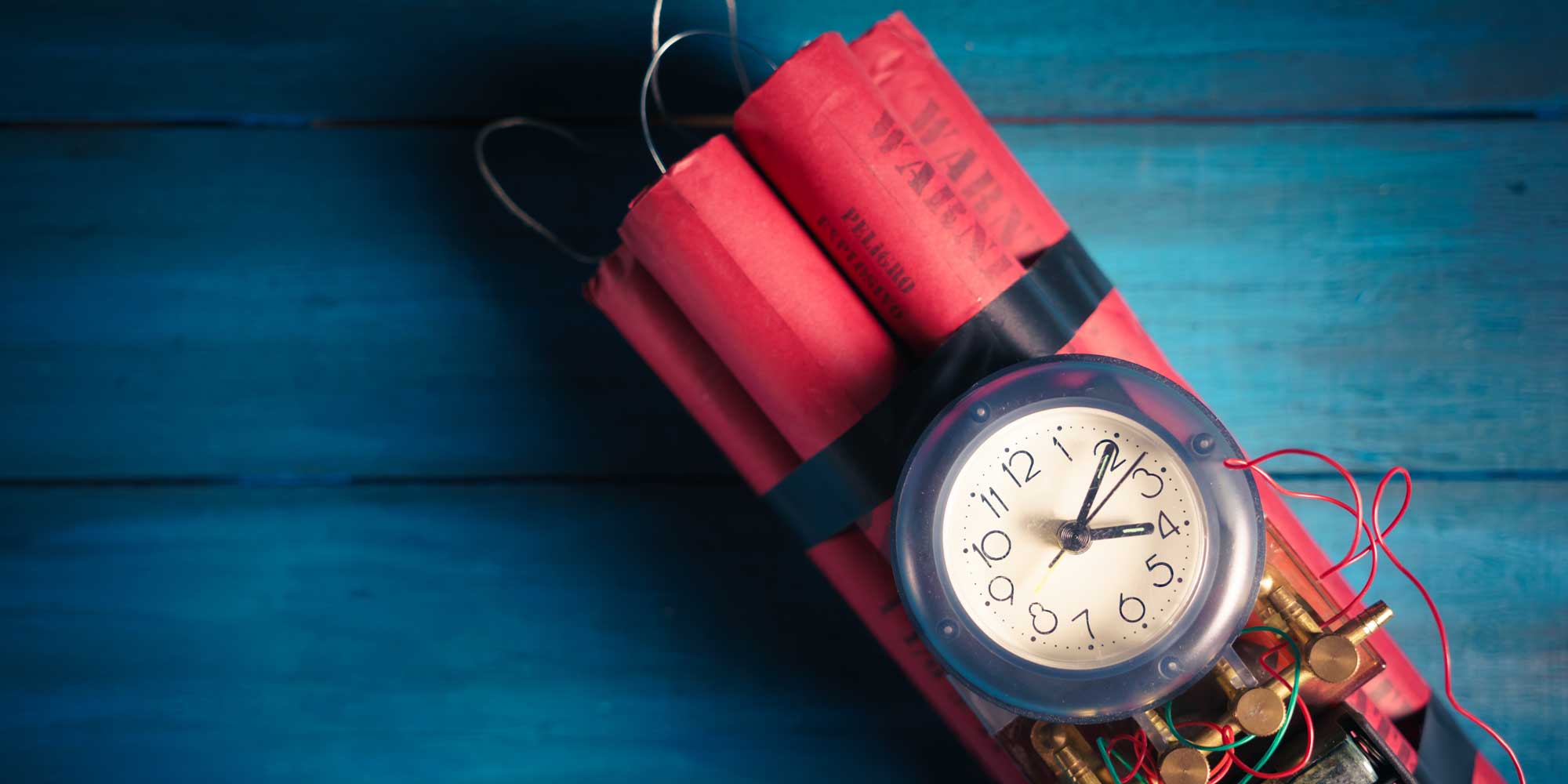29th of June, 2025
下足, pronounced gesoku and consisting of the characters for "down" and "foot", is not a pretty word. For our purposes it's an abbreviation of 下足番 (gesokuban), a name for a person handling the shoes, for example at a tea ceremony. Japanese tea houses, as most private spaces, command the removal of guests' shoes, so bigger ceremonies have someone greet the guest, stow their shoes away, and hand out a number tag. I once was the gesoku for a few ceremonies, at a university tea ceremony club.
Entering the Tea House from A Tea Ceremony Periwinkle. (Detail)  『茶の湯日々草』より「席入の図」
『茶の湯日々草』より「席入の図」
明治30年、水野年方 作
Mizuno Toshikata, 1897.
The gesoku is the lowest position in the hosting team for a tea ceremony. Not that there's an official ranking, it just feels like it. In stark contrast to a highly demanding tea-making role such as the 亭主 (teishu) or the 半東 (hantō), a gesoku requires no specialized skill. Even conversation with the guests isn't in order, and the greeting is kept minimal. An extravagant greeting can disturb the guests' concentration on the coming event, or simply be rude coming from an inferior. The gesoku will spend their time under the eaves on the outside of a tea house, facing outwards. When the guest has deposited their shoes, the gesoku should continue looking outwards as the guest kneels and opens the sliding door.
Practice for both the hosting and attending procedures takes place in the club tea room, located on the top floor of a concrete building with panopticon characteristics; circular hallways look down on a wide court in the middle. Opening the club room door, however, suddenly teleports to a cozy nook of five straw mats or so.
One would think that making tea couldn't be that hard, not to speak of drinking, but it is. I gradually learned how brutish and erratic my movements really were, while discovering some basic principles that I still observe when moving through physical space. It is very rude, for instance, to put the hand above the opening of the tea bowl, because it evokes the image of gross human skin stuff falling into it. Therefore, the tea bowl is to be grasped with both hands, one on the side, with the thumb at the upper rim and the other fingers on the body, and the other hand flat on the bottom to prevent risk of falling. When walking with the bowl, the feet should not be lifted off the ground.
A tea ceremony with multiple rounds of serving can take quite long, four hours or so. There is a certain pride in looking out into the excessively cultivated garden during that time, guarding the shoes. Before the ceremony starts, the hosts will have cleaned up the garden. The large, smooth rocks forming the paths to the tea house will have been thoroughly washed with hot water. Discerning guests can tell the difference.
Hosts of the tea ceremony do not drink the tea. The guests, of course, do. For a tea ceremony in the university setting, the guests will typically be alumni and upperclassmen. Therefore, the guests are older than the hosts, and know more about the ceremony. They leave feedback in a guest book. Here, a gesoku can find out whether their greeting was too extravagant.
There is a certain letter culture in tea ceremony clubs. Letters, as in paper sent by the post. If a gesoku isn't too bad, they can hope for a very vertical envelope containing a note of appreciation written in pen from top to bottom, right to left, on thin but fine paper. It's hard to not remember a letter like that.
The guests have beautiful or at least fashionable shoes, thus enhancing the feeling of purpose in the gesoku's job. Think tassel loafers and Mary Janes. Just imagine the alternative: Watching over sneakers. No fun in that. At our ceremonies, it is expected to wear a black suit for the ceremony, regardless of gender. White socks are mandatory to express a certain purity of mind. Only the shoes, alongside the jewelry, are left to express some personality.
When I parted from the tea ceremony club, I felt the need to leave something. I created and left a Raku tea bowl. Tea bowls for use in a ceremony have names, which are announced by the teishu while the bowl is passed around and inspected by all the guests. I laquered that one green and etched a leaf pattern into it, so I felt 「森羅万象」 was a good name. I wonder if the time ever comes to give a gesoku my shoes, open the sliding doors, and drink from that bowl.
.png)




